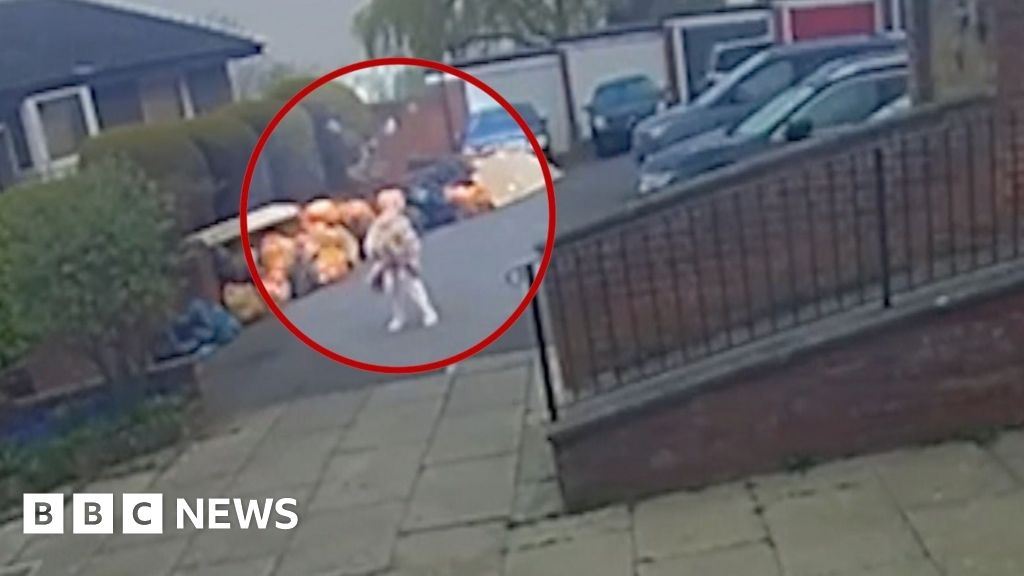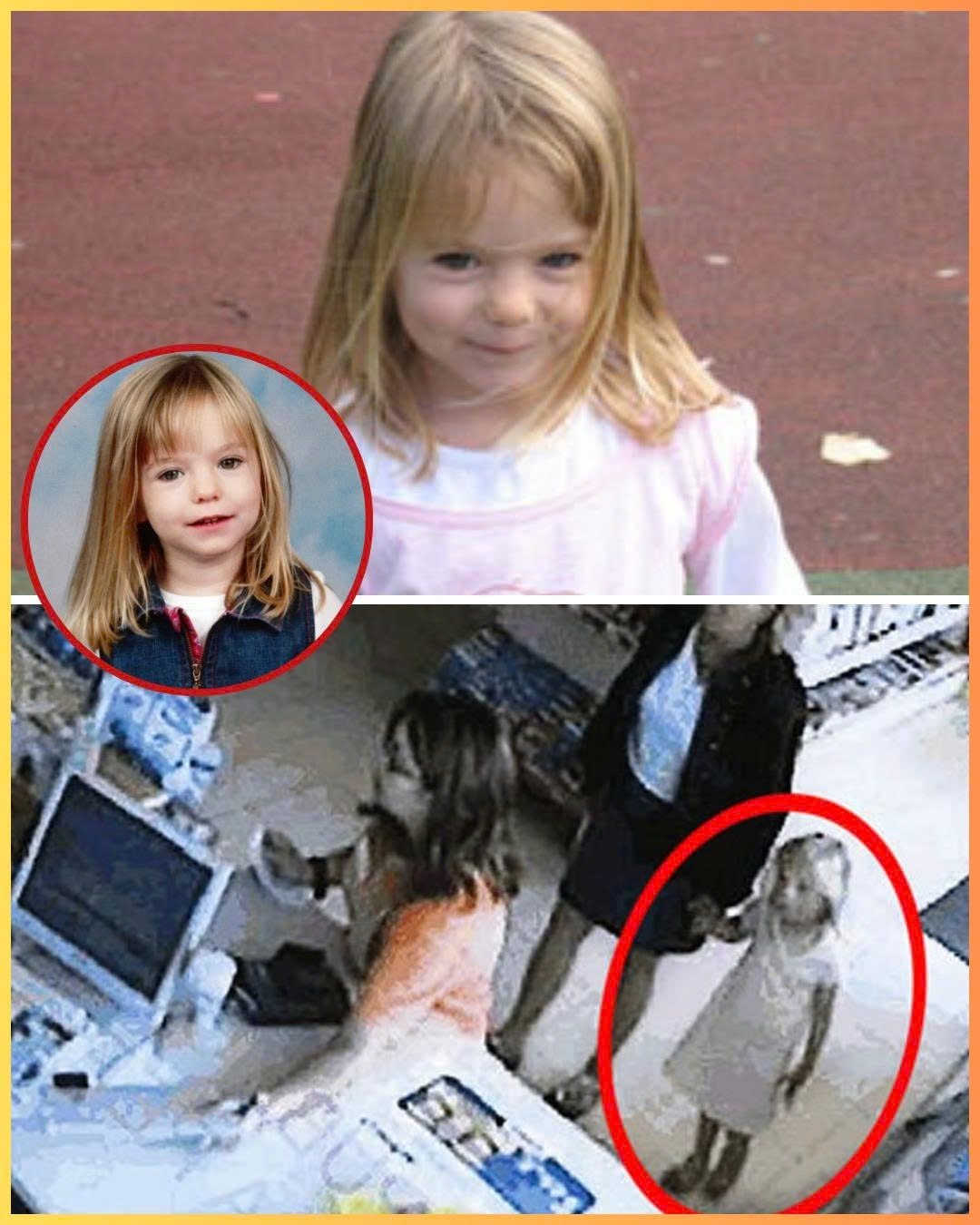Viral “Pink Ribbon DNA Discovery” in Madeleine McCann Case Sparks Outcry — Investigators Urge Caution
A new wave of online speculation has erupted after social media posts claimed that a “pink ribbon” found in an attic near the Portuguese coastline had been forensically linked to Madeleine McCann, the British child who went missing in 2007. The claim spread rapidly across blogs, video platforms, and online forums, prompting fresh public emotion and renewed pressure on investigators.
However, authorities and forensic experts are urging the public to treat the story with caution. As of now, no law-enforcement agency involved in the McCann investigation has confirmed the existence of such a ribbon, a DNA match, or the alleged link to another missing child.
How the Rumor Started

The viral story began with online posts describing a private investigation in Portugal that allegedly uncovered a child’s hair ribbon inside an unused attic. According to the posts, independent laboratories supposedly identified DNA belonging to Madeleine McCann with “99.8% probability.”
Photos circulating alongside the rumor compared a ribbon from the attic to one seen in her well-known childhood photographs.
These claims were amplified across blogs and social-media channels, many of which presented the information as a breakthrough despite lacking official verification.
Officials Reject “Unconfirmed Scientific Claims”

European investigators familiar with the case emphasized that no new publicly verified forensic evidence has been released.
One senior official, speaking generally about viral misinformation, noted that online speculation often resurfaces whenever the case re-enters public discussion:
“We strongly encourage the public not to draw conclusions from unverified online claims. The McCann investigation has seen many false leads. Accurate information will always come through official channels.”
Forensic professionals have also stated that any confirmed DNA evidence related to the McCann case would require:
-
traceability of samples
-
transparent chain-of-custody documentation
-
confirmation from police laboratories or accredited partners
-
formal statements from Portuguese, British, or German investigators
None of these conditions have been met in the widely shared story.
Why the Madeleine McCann Case Attracts False Leads
Since 2007, the disappearance of Madeleine McCann has become one of the most extensively reported missing-child cases in the world. With global media coverage, social involvement, and multiple international investigations, the case has generated:
-
false confessions
-
fabricated eyewitness reports
-
misinterpreted photographs
-
unverified forensic “discoveries”
-
online hoaxes
Experts note that the intense public interest, combined with gaps in confirmed information, often gives rise to viral but unsupported narratives.
The Attic Rumor and the “Second DNA Profile”
A second part of the recent story claimed that unidentified fibers belonging to another child had been found in the same attic, suggesting a broader link between separate cases.
Investigators have stated that there is no confirmed discovery of secondary DNA, no new suspects, and no new official forensic sites connected to the McCann case.
Authorities reiterated that speculative connections can be harmful, not only to ongoing investigations but also to families of other missing children.
The McCann Family’s Position

The McCann family has not released any public statement about the viral reports. People close to the family have previously said that unverified stories often cause distress and complicate communication between the public and investigators.
Over the years, the family has consistently asked the public and media to rely on confirmed updates from official law-enforcement agencies.
Why Experts Warn the Public About These Claims
Forensic scientists and investigative analysts stress several dangers associated with prematurely circulating pseudo-forensic results:
-
Contamination risk: privately sourced samples rarely meet legal standards.
-
Chain-of-custody concerns: unverified handling invalidates evidence in court.
-
False hope: unsupported claims raise emotional stakes for families.
-
Case disruption: misinformation can misdirect tips or dilute credible leads.
As one European official explained:
“The McCann case is highly sensitive. Any genuine development will be formally announced. Sources that make extraordinary claims without documentation should always be questioned.”
What Happens Next?
At this stage, the alleged “pink ribbon DNA discovery” remains unverified, and officials reiterate that no new forensic breakthrough has been confirmed. The active investigation led by authorities continues independently of online speculation.
Investigators encourage anyone with credible, firsthand information to contact police rather than share unverified claims on social platforms.
A Reminder About Responsible Reporting
The story of Madeleine McCann continues to evoke worldwide interest, but experts emphasize that accurate reporting is critical. While advancements in forensic technology have contributed to progress in many historical cases, responsible investigation requires verified evidence, not viral speculation.
Until official authorities confirm new developments, the claims circulating online should be treated as unverified rumors, not established fact.
Sources
-
BBC News – Coverage of confirmed updates in the McCann investigation
-
The Guardian – Reporting on false leads and public misinformation
-
Metropolitan Police statements – Official updates regarding Operation Grange
-
Portuguese Polícia Judiciária releases – Verified announcements regarding case progress
-
European forensic guidelines – Standards for DNA handling and verification

